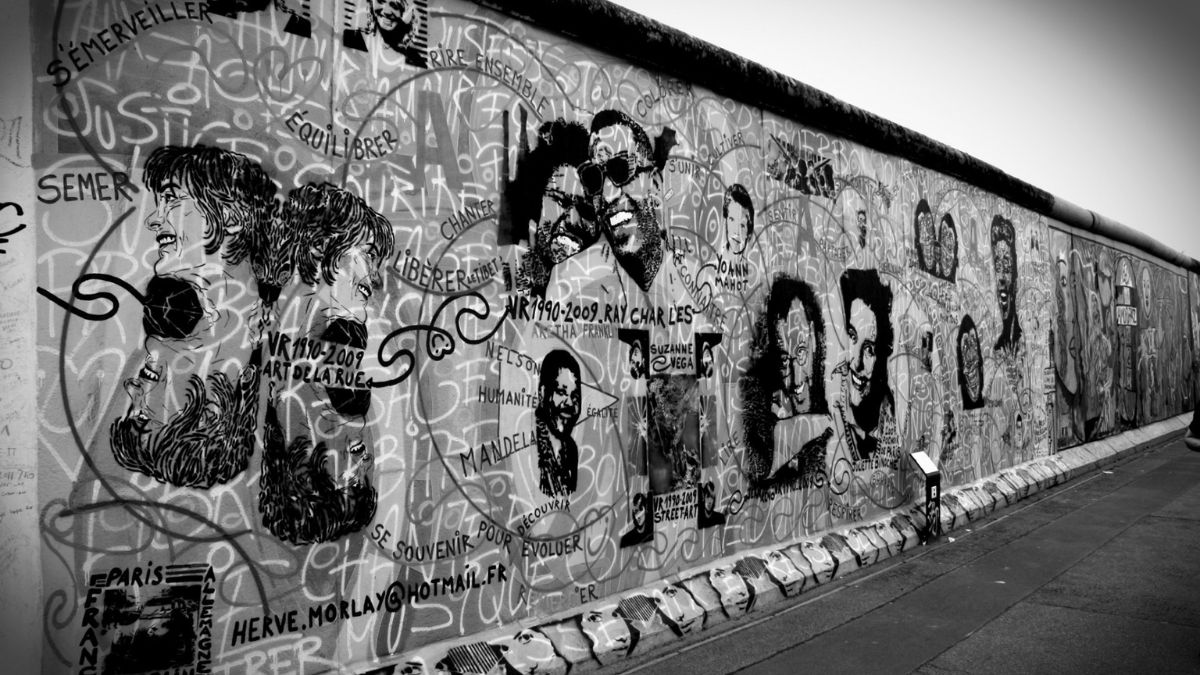Kalidasa (Classical Sanskrit Literature)
Kalidasa (Classical Sanskrit Literature)
The Fall of the Berlin Wall and German Reunification

The Fall of the Berlin Wall and German Reunification
In the annals of history, there are moments so profound, so transformative, that they not only redefine the destiny of nations but also encapsulate the indomitable spirit of human yearning for freedom and unity. The fall of the Berlin Wall and the subsequent reunification of Germany stand as a monumental testament to this unyielding drive, a narrative so gripping that it unfolds like the pages of an epic saga, filled with tension, hope, and the relentless pursuit of liberty.
Imagine, if you will, a city cloven in twain, not just by concrete and barbed wire, but by ideology and a profound sense of division that permeated every aspect of life. For 28 long years, the Berlin Wall stood not just as a physical barrier dividing East and West Berlin, but as a symbol of the Cold War’s icy divide, separating families, friends, and loved ones, and epitomizing the stark contrast between two worlds.
The air on the night of November 9, 1989, was electric, charged with an almost palpable sense of anticipation and uncertainty. Whispered rumors became loud conversations; skepticism turned into hope as word spread that the East German government, buckling under the immense pressure of relentless protests and a populace yearning for freedom, announced that citizens of the GDR could cross the border at will. What followed was a moment so surreal, so awash with raw emotion, that it seemed as though the very course of history was being rewritten under the cover of darkness.
Thousands upon thousands of East Berliners, propelled by a mixture of disbelief and an overwhelming desire to witness freedom firsthand, surged toward the Wall. They were met not with the expected resistance, but with open gates and bewildered guards, overtaken by the tide of history cascading upon them. The scenes of jubilation that ensued were a spectacle of human triumph; East and West Berliners, united in their euphoria, mounted the Wall, armed with nothing but hammers and chisels, began to chip away at the very edifice that had symbolized their division.
The fall of the Berlin Wall was not merely the dismantling of a concrete structure; it was the shattering of an ideological divide, the healing of a nation’s soul, and a beacon of hope for a world yearning for unity and peace. It heralded the end of the Cold War, setting the stage for the reunification of Germany less than a year later, on October 3, 1990. This event, long dreamt of but scarcely believed possible, was celebrated with a fervor and joy that knew no bounds. Germany, once torn asunder by the vicissitudes of history, was whole once more, embarking on a journey of reconciliation and rebuilding, not just of its infrastructure, but of its identity.
The story of the fall of the Berlin Wall and German reunification is a poignant reminder of humanity’s quest for freedom, the strength found in unity, and the remarkable resilience of the human spirit. It stands as a testament to the idea that no barrier is insurmountable, no division too great to overcome, when hearts are set on liberty and unity. It is a narrative that continues to inspire awe and admiration, a beacon of hope in a world that, even today, faces the challenges of division and discord. In the annals of history, it remains a luminous chapter, a vivid illustration of what can be achieved when humanity dares to dream of a world united, free, and at peace.